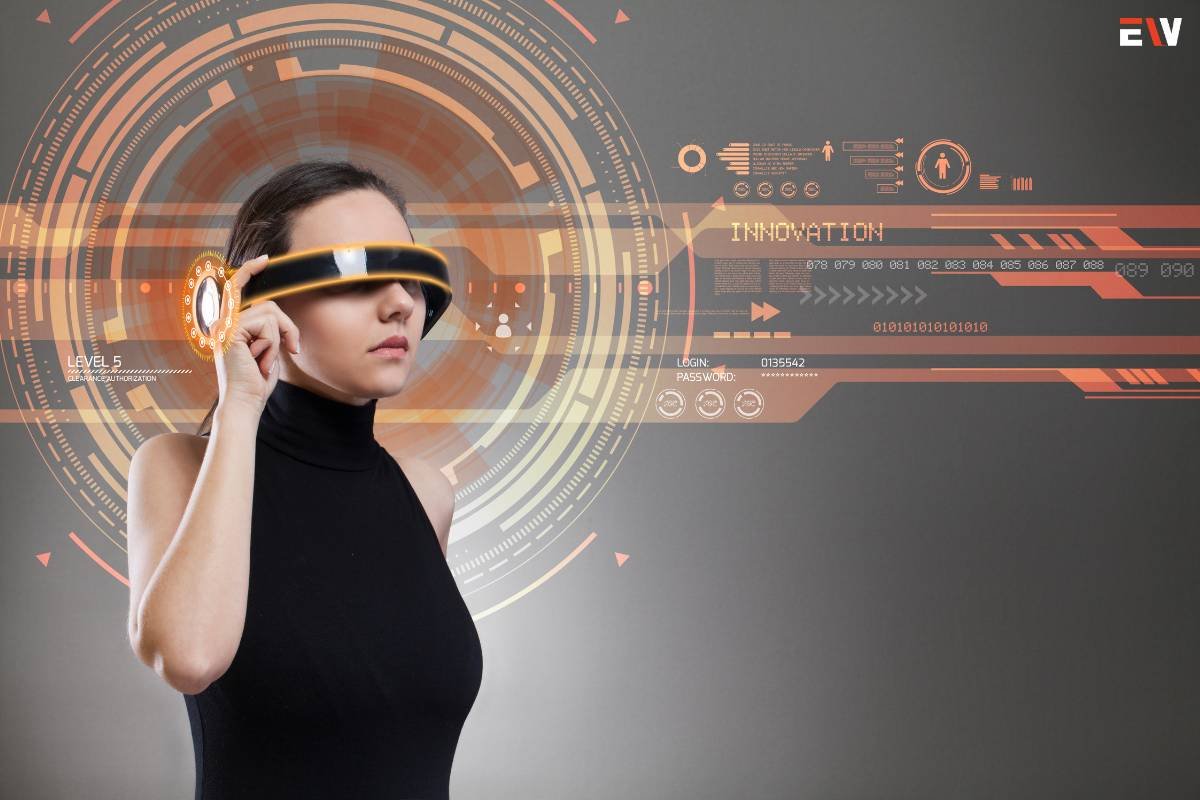In the landscape of innovation, the term “Emerging Technologies” stands as a beacon of progress, ushering in transformative advancements that shape the way we live, work, and interact. This comprehensive guide embarks on an exploration of emerging technologies, delving into their core principles, diverse applications, and the profound impact they exert on various industries and society at large.
Understanding Emerging Technologies
1. Defining Emerging Technologies
Emerging Technologies encompass novel and innovative advancements that are in the early stages of development, adoption, or integration into mainstream applications. These technologies often represent cutting-edge solutions that push the boundaries of what was previously thought possible.
2. Diversity
The landscape of emerging technologies is diverse, spanning various fields such as Artificial Intelligence (AI), Internet of Things (IoT), biotechnology, quantum computing, augmented reality, and more. These technologies converge, creating synergies that amplify their collective impact.
3. Rapid Evolution and Adoption
Technologies are characterized by their rapid evolution and adoption cycles. What starts as a groundbreaking concept in research laboratories can swiftly become an integral part of everyday life, business operations, and global infrastructure.
4. Interconnected Ecosystem
Technologies often exist within an interconnected ecosystem, where advancements in one area catalyze developments in others. This interconnectedness fosters innovation, accelerates progress, and leads to the emergence of entirely new technological paradigms.
Benefits and Applications
1. Artificial Intelligence and Machine Learning
AI and machine learning applications are ubiquitous, ranging from predictive analytics and natural language processing to autonomous systems. These technologies enhance decision-making, automate complex tasks, and pave the way for intelligent automation.
2. Internet of Things (IoT)
The IoT connects devices and systems, enabling seamless communication and data exchange. Applications include smart cities, industrial automation, healthcare monitoring, and a myriad of interconnected devices that enhance efficiency and convenience.
3. Biotechnology and Genomics

Advances in biotechnology and genomics revolutionize healthcare, agriculture, and environmental sustainability. Precision medicine, gene editing, and synthetic biology are among the transformative applications driving progress in these fields.
4. Quantum Computing
Quantum computing leverages the principles of quantum mechanics to perform complex calculations at speeds unimaginable with classical computers. Applications include optimization problems, cryptography, and simulations with far-reaching implications for various industries.
5. Augmented and Virtual Reality
Augmented reality (AR) and virtual reality (VR) technologies offer immersive experiences in gaming, education, training, and healthcare. These technologies redefine the way individuals interact with digital content and the physical world.
6. Blockchain and Distributed Ledger Technology
Blockchain and distributed ledger technologies provide transparent, secure, and decentralized solutions. Beyond cryptocurrency applications, these technologies find use in supply chain management, financial transactions, and ensuring data integrity.
7. 5G Technology
The deployment of 5G technology revolutionizes communication networks, enabling faster data transfer, low-latency connections, and widespread connectivity. Applications range from enhanced mobile experiences to supporting the Internet of Things (IoT) ecosystem.
8. Robotics and Automation
Robotics and automation technologies continue to evolve, transforming industries such as manufacturing, logistics, and healthcare. Autonomous vehicles, robotic process automation, and robotic exoskeletons are examples of the far-reaching impact of these technologies.
Challenges and Considerations
1. Ethical and Privacy Concerns
The adoption of emerging technologies raises ethical considerations, particularly in areas like AI, biotechnology, and surveillance technologies. Privacy concerns related to data collection and usage require careful attention and regulation.
2. Security Risks
With increased connectivity and reliance on digital technologies, security risks such as cyberattacks, data breaches, and system vulnerabilities become more prominent. Robust cybersecurity measures are essential to mitigate these risks.
3. Regulatory Frameworks
The rapid pace of technological advancement often outpaces the development of regulatory frameworks. Establishing appropriate regulations and standards is crucial to ensure responsible and ethical use of emerging technologies.
4. Workforce Displacement and Skills Gap
The integration of automation and AI technologies may lead to workforce displacement in certain industries. Addressing the resulting skills gap through education, training, and reskilling initiatives is essential for a smooth transition.
5. Environmental Impact

The production and disposal of electronic devices and technologies contribute to environmental concerns. Sustainable practices, responsible manufacturing, and recycling initiatives are imperative to minimize the environmental footprint.
6. Interoperability Challenges
The seamless integration of diverse technologies poses interoperability challenges. Standardization efforts and open communication protocols are vital to ensure compatibility and collaboration among different systems.
7. Bias in AI Algorithms
AI algorithms are susceptible to biases present in training data, potentially leading to discriminatory outcomes. Addressing bias in AI algorithms requires ongoing scrutiny, diverse data sets, and ethical considerations in algorithm development.
8. Public Perception and Acceptance
Public perception and acceptance of emerging technologies play a significant role in their successful integration into society. Communication, transparency, and education efforts are essential to foster understanding and trust.
Future Trends and Evolving Dynamics
1. Convergence of Technologies
The convergence of various emerging technologies is a notable trend, giving rise to synergies that amplify their impact. For example, the integration of AI with IoT or the intersection of biotechnology with AI leads to innovative solutions with far-reaching implications.
2. Edge Computing
Edge computing, which involves processing data closer to the source rather than in centralized data centers, gains prominence. This approach reduces latency, enhances real-time processing capabilities, and supports applications in IoT and AI.
3. Exponential Growth in Data
The exponential growth of data, facilitated by the proliferation of connected devices and digital interactions, drives the need for advanced data analytics, storage solutions, and data processing capabilities offered by emerging technologies.
4. Human-Machine Collaboration
Future trends indicate increased collaboration between humans and machines, emphasizing the augmentation of human capabilities rather than outright automation. Augmented intelligence and collaborative robotics exemplify this trend.
5. Focus on Sustainability
There is a growing emphasis on developing and adopting technologies with sustainability in mind. Green technologies, energy-efficient solutions, and eco-friendly practices are becoming integral considerations in technological innovation.
6. Advancements in Quantum Computing
Quantum computing continues to advance, with ongoing research and development efforts aimed at achieving quantum supremacy and solving complex problems beyond the capabilities of classical computers.
7. Personalized Healthcare and Medicine
Advances in biotechnology, genomics, and AI contribute to the trend of personalized healthcare. Tailored treatments, precision medicine, and genomic diagnostics are revolutionizing the approach to individualized patient care.
8. Human Augmentation

Human augmentation technologies, including wearable devices, neural interfaces, and exoskeletons, hold the potential to enhance human capabilities, improve health outcomes, and redefine the boundaries of human potential.
Conclusion
Emerging technologies represent the vanguard of human innovation, offering unprecedented possibilities and redefining the way we interact with the world. By understanding the core principles, applications, challenges, and future trends of emerging technologies, individuals, businesses, and policymakers can actively participate in and navigate the ongoing technological revolution.










